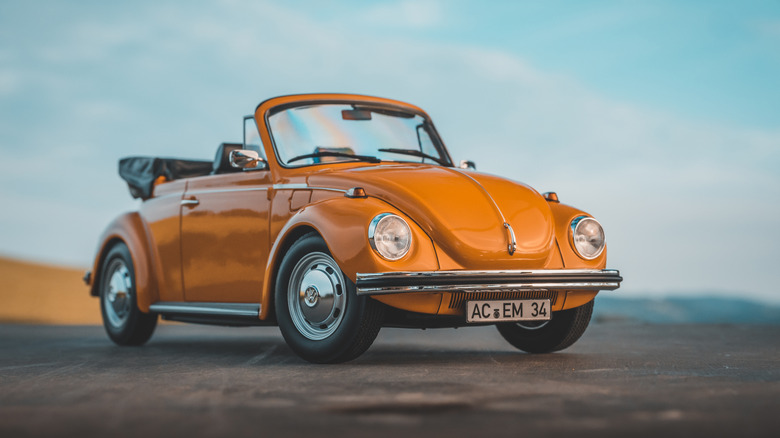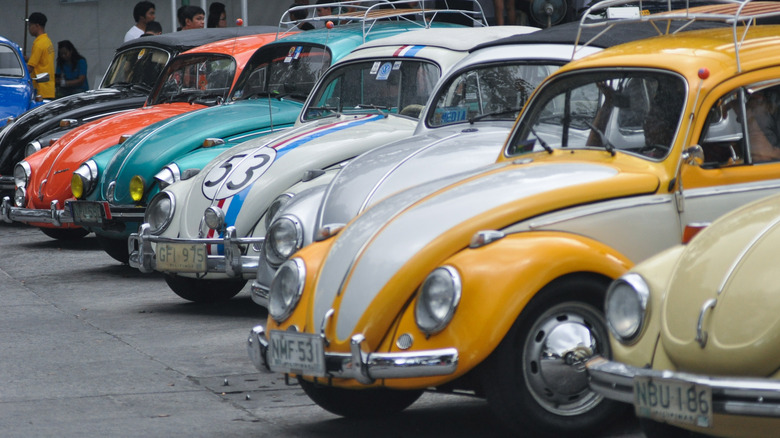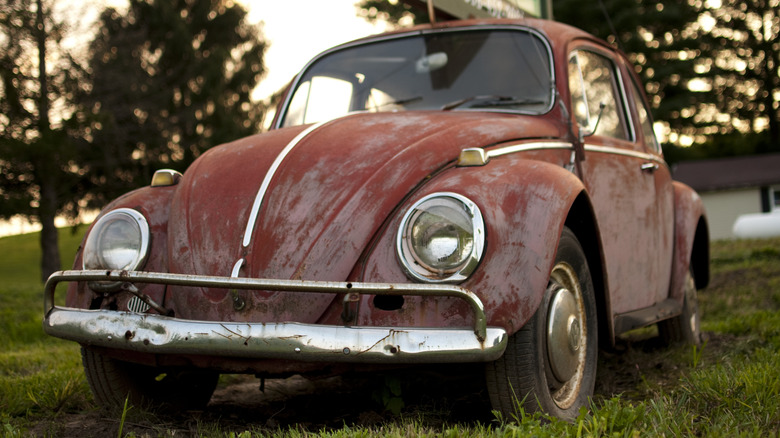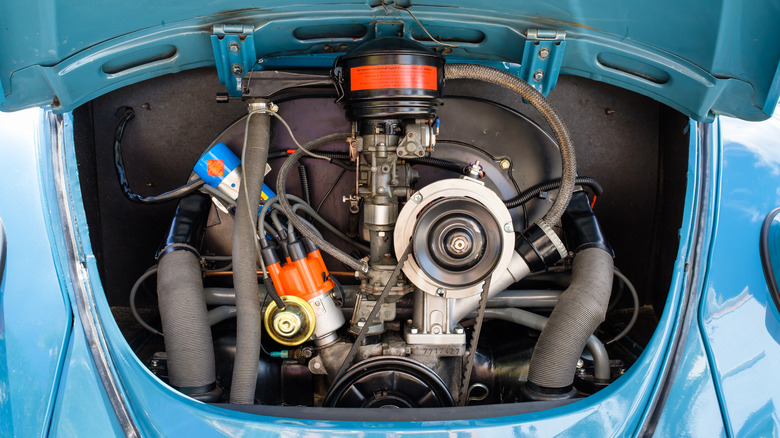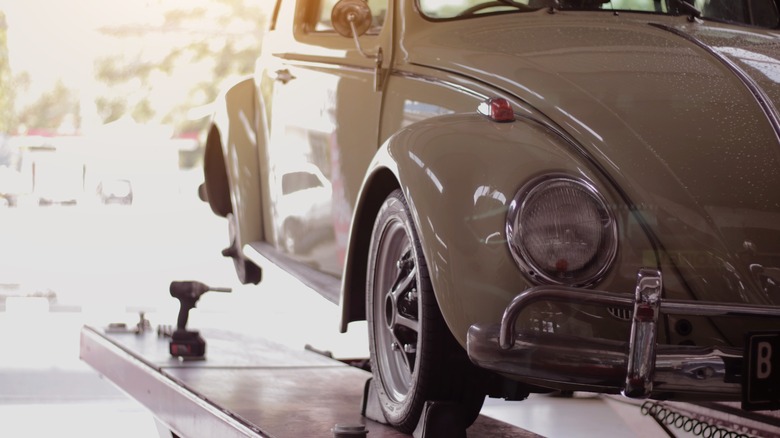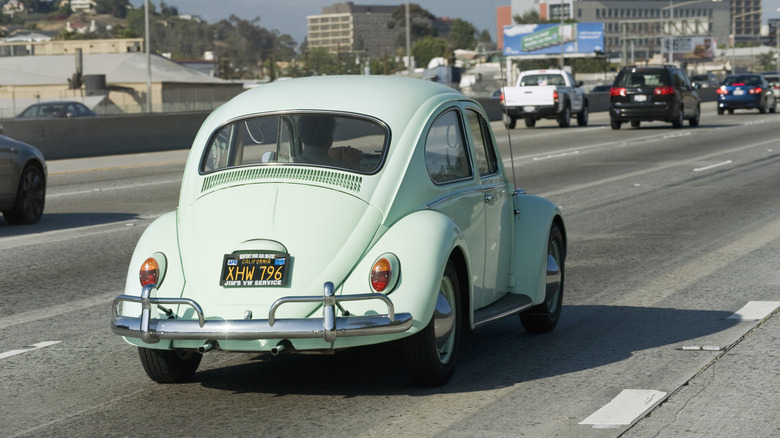5 Things To Know Before Buying A Classic Volkswagen Beetle
Thinking about buying an old Volkswagen Beetle? It's a cool idea. A very common appeal of the classic Beetles is the feelings they bring. Driving an old Beetle is like taking a trip back in time. These cars are simpler than today's cars. They let you really feel what driving is about — it's not just pushing buttons.
The Volkswagen Beetle, or "Bug," as many call it, started being made way back in the 1930s. It quickly became super popular all over the world. Its unique look and reliable performance won many hearts. People remember it from movies and being a big deal in the 1960s. But owning an old Beetle isn't always easy. They are old, so they can have problems. Rust is common. They don't have the safety features new cars have. And they need a lot of care. You can find parts for them, but you must be careful about what you buy as well.
If you want to buy an old Beetle, get ready for some work. You'll need to look after it a lot. But, if you're okay with all that, it can be really fun. So, to avoid some headaches when you're ready to purchase your classic Beetle, we'll look at five important tips.
Deciding the type of VW you want
The Beetle's history spans over six decades, with models produced worldwide, each harboring its unique charm and challenges. Though similar in spirit, these Beetles vary significantly in terms of aesthetics, mechanics, and driving experience. First, think about how old you want your Beetle to be. Older Beetles, like those from the '50s and '60s, are pretty and have a classic look. But they can be expensive and hard to fix. Newer ones, from the '70s and later, are easier to buy and fix. They don't have the ultra-classic look but are good for driving daily.
A good place to start is with Beetles made between 1964 and 1967. They have a bit of the old style and some helpful updates like better windows and heaters. Really old Beetles, like those before 1968, are more for collectors and can be tricky to keep running. Next, think about what you want to do with your Beetle. Do you want one that looks just like it did when it was new? Or maybe you want one that's been changed into a cool cruiser or a car for off-road fun? It's usually cheaper to buy a Beetle that someone else has already fixed up how you like it.
Lastly, decide if you want a Beetle ready to drive or one you can work on. 'Drivers' are ready to go but cost more. Projects need work but can be a good deal.
Rust: where to look and what to do
One big thing you need to watch out for when buying a VW is rust. Whether they're from Germany or Mexico, these old Beetles often have rust problems. Here's what you need to know.
Rust likes to hide in certain spots. So, check the lower parts of the doors, wings, bonnet, and engine lid. These parts can be replaced, but be careful since some replacement panels are cheap and don't fit well. They might not last long, either. The main body of the Beetle is a bigger worry. If rust has gotten into the rear sides, the bottom edges, or the wheel areas, it's a big deal to fix. If the floor is rusty, it's a lot of work to replace it, too.
The battery area under the rear seat can also rust, especially if the battery has leaked. The heater channels and the back part where the body meets the frame are also crucial to check. The spare tire area, the places where the fenders attach, and the front frame part are also key spots for rust. These areas are super important for the Beetle's strength and safety.
Remember, if you see a little rust, there's probably a lot more you can't see. Fixing a very rusty Beetle can cost more than the car is worth. So, try looking for Beetles from dry places or ask local collectors because they might have a Beetle that's been kept in good shape.
Engines, gearboxes, and brakes
Classic Volkswagens are obviously old cars, and old cars rarely age well into their 40s or 50s. While there's a whole checklist of things you need to know and check before buying a classic beetle, here are the most important things: Beetles have simple engines, but they can leak oil. Watch for oil leaks under the car, especially around the engine. A little light that turns on when the car idles can mean the engine is wearing out. Also, if the engine's front part wiggles too much, it's a bad sign. Always check how strong the engine is by doing a compression test. This tells you if the engine has any serious issues inside.
When you look at the engine, make sure nothing's missing. An engine that's hard to start or doesn't turn at the crank pulley signals significant problems, possibly requiring a rebuild. Pay attention to smoke or unusual noises upon starting, as these can indicate severe internal damage, too. The Beetle's gearbox can be expensive to fix, so if you can get a test drive, change gears a lot to see if it works smoothly. If the car jumps out of gear or makes grinding sounds, that's a problem. If the clutch pedal feels weird or too high, the clutch might need fixing soon.
Most Beetles have old-style drum brakes. They're okay if they're in good shape. If the brake pedal feels too soft or the car shakes when stopping, the brakes need work.
Maintenance and repairs
Buying a classic Volkswagen Beetle can be a fun adventure, but it's good to know about maintenance and repairs first, too. The Beetle is pretty easy to take care of. It's simple inside, with an engine that doesn't need lots of complicated parts. This makes fixing things easier and cheaper. You can find almost any part you need without much trouble as well. Even though it's simple, you still need to look after your Beetle regularly. Its engine is different because it's cooled by air, not water. This means it needs some special care, but nothing too bad.
When it comes to the body of the car, old paint is actually better than new. Old paint shows the car's true condition. New paint might hide problems like rust. Always check for dents and cracks in the paint. Also, look at the chrome parts and interior. If they're in bad shape, they'll cost extra to fix.
The Beetle doesn't cost too much to keep running compared to modern vehicles. It doesn't break down a lot, and when something goes wrong, it's usually not too pricey to fix. How often you need to fix things depends on how you use the car. Things like where you drive and how well you take care of it matter. The inside of the Beetle is pretty strong, but over time, seats and other parts can wear out. You can easily find new parts or customize the interior.
The driving experience
Driving a classic Volkswagen Beetle is like stepping back in time. These old cars from the '60s are pretty basic. They have just enough on the dashboard — a speedometer to tell you how fast you're going, a fuel gauge, and not much else. This simplicity is part of their charm, but don't expect the safety features we're used to today.
The driving experience of a classic Beetle is far from today's performance standards. With a modest 1.2-liter engine producing around 40 horsepower, these cars aren't about speed or acceleration. Instead, they offer a laid-back, almost leisurely driving style. Maneuvering through traffic in these vehicles is surprisingly agile, especially in the 20–40 mph range, thanks to their adequate torque despite the low horsepower. Driving these cars means dealing with an old-school manual transmission. It can be tricky but also fun once you get the hang of it. Steering and braking need more muscle than in modern cars, making you feel more connected to the driving.
Beyond the mechanics, driving a classic Volkswagen Beetle is a social experience. A common thread with these vehicles is that they typically bring smiles and nostalgic stories from onlookers and fellow drivers, reflecting a time when cars had distinct personalities. All in all, you won't win any races with a Beetle, but cruising around town can feel quite lively, especially at lower speeds.
